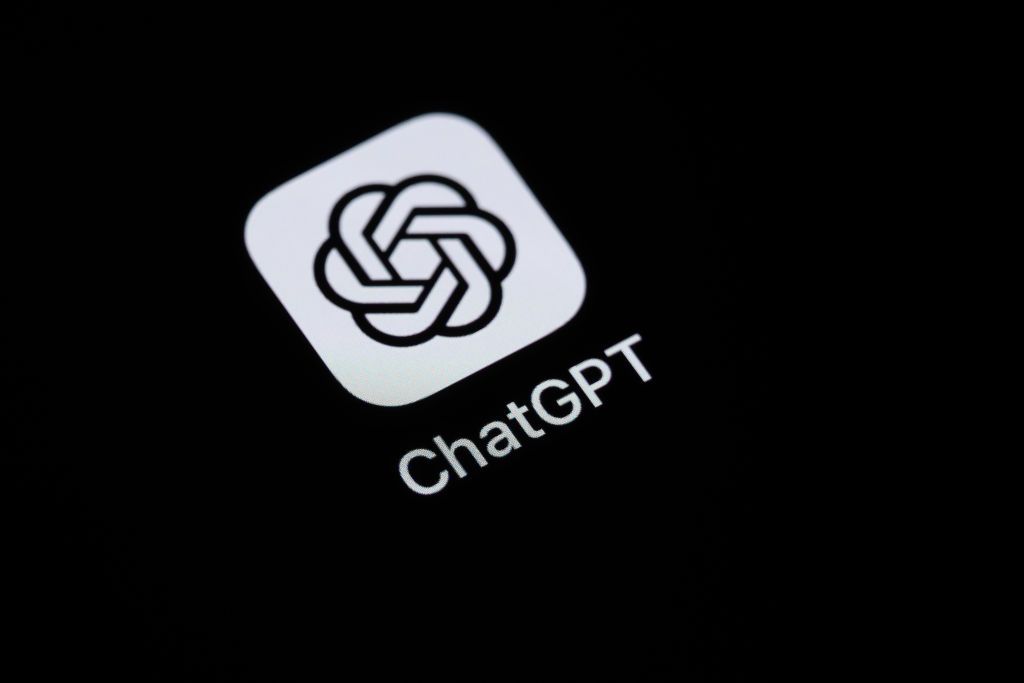
ChatGPT Gets GPT-4o Image Generation: A Major Upgrade
OpenAI CEO Sam Altman recently announced a significant upgrade to ChatGPT's image-generation capabilities. This marks the first major enhancement in over a year, bringing native image creation and modification to the platform.
ChatGPT can now harness the power of OpenAI's GPT-4o model to generate and modify images and photos directly within the chatbot interface. Previously, while GPT-4o powered the platform, its capabilities were limited to text generation and editing.
Altman stated that GPT-4o's native image generation is immediately available in ChatGPT and Sora, OpenAI's AI video-generation product, for users with the $200-a-month Pro subscription. The feature will soon roll out to Plus and free ChatGPT users, as well as developers utilizing the company's API service.
Enhanced Image Quality and Editing
OpenAI claims that GPT-4o "thinks" longer than its predecessor, DALL-E 3, resulting in more accurate and detailed images. Furthermore, GPT-4o can edit existing images, including those featuring people, allowing users to transform them or "inpaint" details such as foreground and background objects.
Training Data and Ethical Considerations
To fuel this new image feature, OpenAI trained GPT-4o on "publicly available data" alongside proprietary data obtained through partnerships with companies like Shutterstock, as reported by the Wall Street Journal. OpenAI emphasizes its commitment to respecting artists' rights and has implemented policies to prevent the generation of images that directly mimic the work of living artists.
OpenAI also provides an opt-out form for creators who wish to have their work removed from training datasets. The company respects requests to disallow web-scraping bots from collecting training data, including images, from websites.
Competition in the AI Image Generation Landscape
This upgrade to ChatGPT's image-generation capabilities follows Google's recent experimental native image output for Gemini 2.0 Flash. However, Gemini 2.0 Flash faced challenges with insufficient guardrails, leading to the removal of watermarks and the creation of images depicting copyrighted characters.
Source: TechCrunch